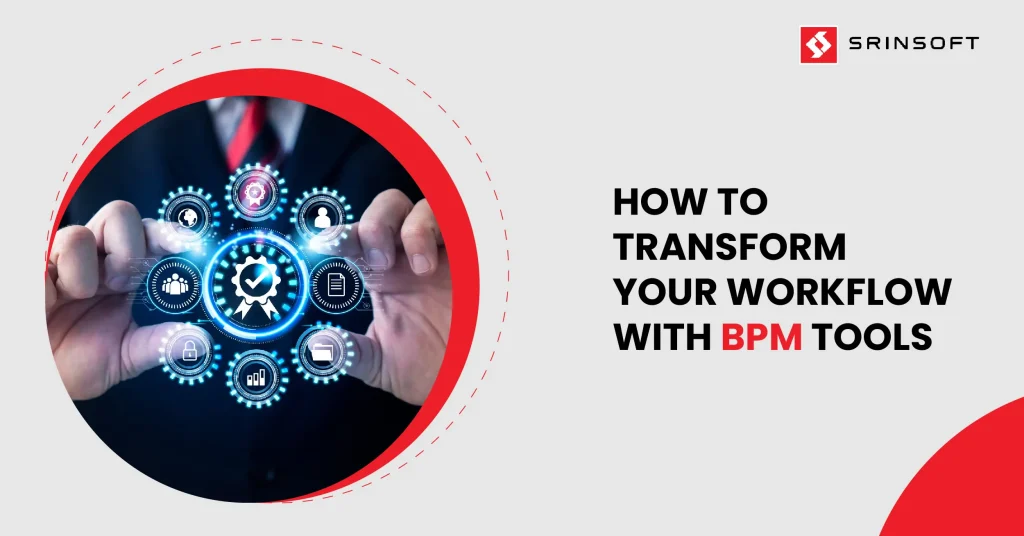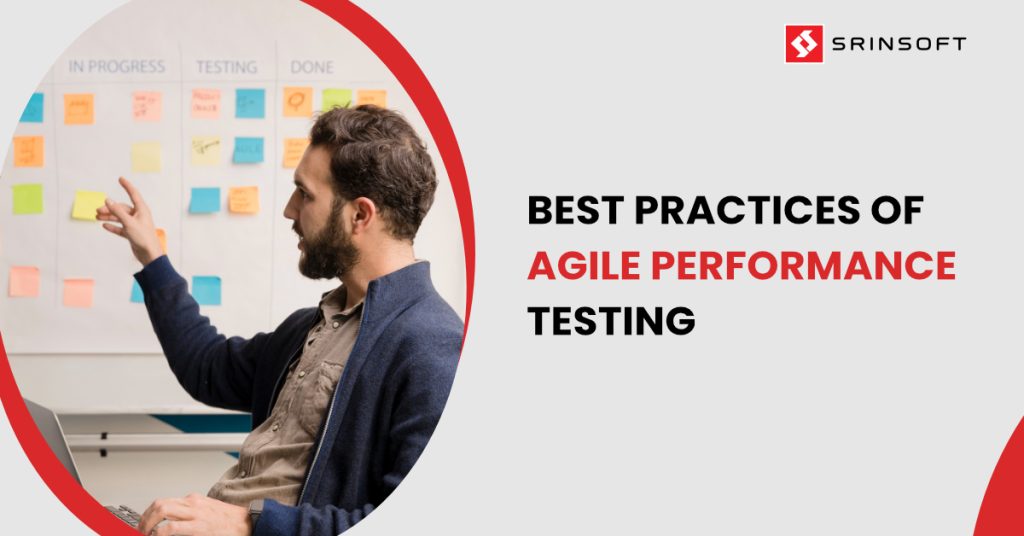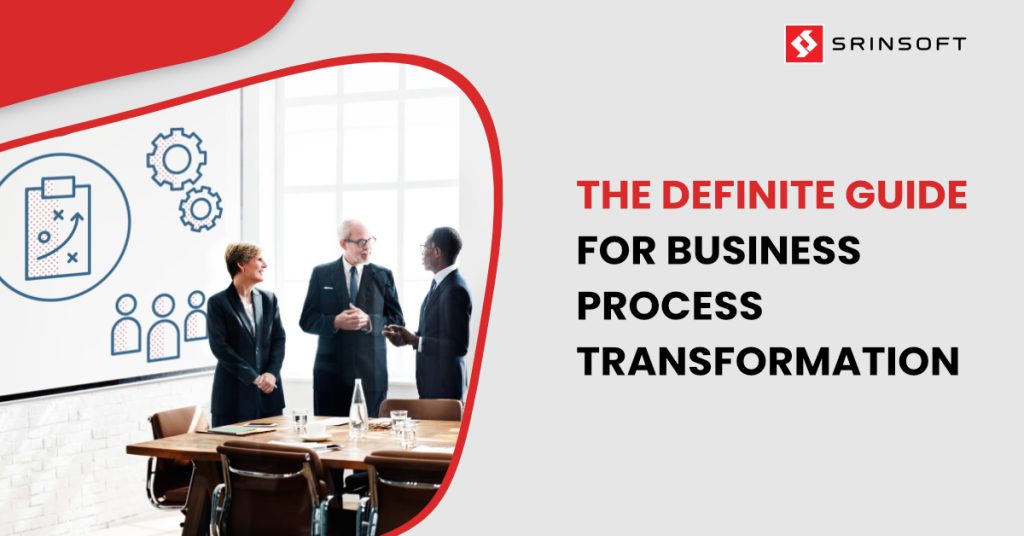
Introduction
BPM tools have changed the way organizations deal with their workflows. These tools help in making the processes more accurate and less error-prone. This is made possible by not only automating repetitive tasks but also offering transparency into business operations by having end-to-end visibility over a multi-stepped business transaction.
BPM tools empower companies to identify bottlenecks in their processes by simulation, modelling and collaborating with other features so they can be removed or streamlined. They can be smoothly integrated with existing systems and cause minimal disruption during the transition. Companies can also use real-time monitoring and data analytics in BPM tools to make accurate decisions at a fast pace.
Ultimately, BPM tools enable you to work faster and economically with increased organizational efficiency. Using BPM tools is a way towards a more efficient and adaptable business environment.
Understanding BPM Tools
BPM tools are complex software components that assist companies in transforming their manually-driven business processes into automated workflows.
BPM tools offer a wide spectrum of features that cater to all phases in the business process life cycle. They provide user-friendly graphical interfaces that can be used for business users to map and model workflows using standardized notations of BPMN (Business Process Model and Notation). This ensures clarity and consistency in process design.
BPM tool architectures can be either on-premise (installed and maintained within a company’s own IT infrastructure) or cloud-based, whereby the software is hosted on remote servers and accessed via the internet.
Real-time monitoring in BPM tools enables users to check performance metrics and the status of tasks faultlessly. This in turn enables continuous optimization by identifying bottlenecks.
When executed correctly, BPM tools enable tasks to be automated and activities to be well orchestrated so that overall operational efficiency is enhanced and errors are reduced.
The final implementation requires setting up these workflows and integrating them with current systems to make sure that data seamlessly flows through.
Benefits of BPM Tools
Standardization: BPM tools keep business processes across the organization standardized and they guarantee compliance with industry standards and regulations.
Efficiency: BPM tools reduce manual interventions and allow automation of repetitive tasks. These make it easy to improve operational efficiency.
Scalability: These tools are versatile and you will be able to scale & adjust your process as the business grows.
Integration: Business systems within the organization can connect seamlessly with BPM tools. This ensures that data flows without hiccups throughout the entire organization, improving overall workflow efficiency.
Visibility and Control: BPM tools offer better insight into process performance so that there can be better control and management over business processes.
Start your journey towards streamlined workflows—try our BPM tools today
How to Choose BPM Tools for Your Organization
The selection of a suitable BPM tool for your company is an important step towards streamlining operations. The following are key factors to consider along with some best practices while deciding on an appropriate tool.
Define Your Goals and Problem Statement
First, start thinking why you would want to have a BPM tool. Get a sense of the problems in your workflow that need to be addressed, either for straightforward automation or intricate system integration.
Being able to clearly define what goals you want to achieve helps pinpoint important features needed in your BPM software.
Create a detailed use case of the user journey, including communication channels and integrations. This will guide your decision-making process better.
Evaluate Usability
User experience is simply the most important factor influencing the successful adoption of BPM tools. Try to understand the technical knowledge of your end-users to know what complexity you can bring to the software.
Choose an easy-to-understand, user-friendly tool to lessen the training time and increase user satisfaction. A complex user interface will only make users frustrated and less inclined to adopt the tool. It is important to focus on user-friendly features like a drag-and-drop interface, pre-built templates, etc.
Analysis and Reporting Capabilities
Great BPM tools have data analysis and reporting features that enable businesses to monitor and improve processes continuously. Try to identify a tool that can generate reports based on your KPIs, and flag cost-saving opportunities while also pointing out inefficiencies.
Also, look out for extensive analysis & reporting tools for better decision-making and process optimization.
Emphasize Content Management and Collaboration
An effective BPM tool enables both collaboration and management of content. It will be a facilitator in improving team effectiveness through its features to quickly share ideas and gather feedback.
Tools that can promote active participation and improvement will contribute to overall business success as they can inculcate a culture of continuous improvement.
Focus on Technology and Scalability
Select a BPM tool that is scalable and flexible for upcoming business needs. While static tools can help the business comply with regulations, they may limit future growth and often demand technical assistance for updates.
One of the major benefits of no-code and low code platforms is that they can be quickly customized or implemented without professional developers. Such platforms are also cost-effective and adjustable.
Consider Cost and ROI
Cost is definitely one, if not the most, important factor to consider. However, cost cannot be your only criteria. Look at long-term return on investment (ROI) vs initial upfront cost.
A good BPM tool should offer the necessary features where you pay for only what is required and also have a good ROI. This enables you to have increased efficiency and productivity within a reasonable time window.
Integration Capabilities
Efficient integration with the present systems is one of the must-have features in a BPM tool. Furthermore, the software needs to offer integration paths that can be flexible by supporting webhooks and APIs so that data flow is smooth and avoids unmanageable data transfers.
The right integration ensures that the BPM tool positively impacts business operations and matches automation objectives.
Mobility and Accessibility
In an age of remote working, it is good for your BPM to be accessible from anywhere and on any device. Choose cloud-based systems that are both mobile and flexible so that your team can work efficiently wherever they may be.
Hosting Options
Depending upon your resources and requirements, choose between software that is on-premise and cloud-hosted. Since on-premise solutions are installed within your organization’s server, you have much greater control over it.
On the other hand, cloud-based solutions are usually more cost-effective, scalable, and easier to manage since the service provider typically handles most of the management responsibilities.
Transform your business processes—explore our BPM tools now
Implementing BPM Tools in Workflows
BPM tools must be implemented with a few systematic steps so that the processes are clear and aligned well with the organizational goals. Here are some of the important aspects of implementing BPM tools.
Identify Objectives:
Start by determining what you want to accomplish with BPM. This includes any imperatives to improve process efficiency, decrease operational expenses, increase customer satisfaction or other business-specific goals. A specific goal of action drives the way you execute the implementation BPM.
Map Current Processes:
Create a map of current workflows. This part includes documenting everything – the steps involved in the process, inefficiencies, bottlenecks, redundancies and other pain points.
Getting started with this baseline map will help you visualize the work currently being carried out and drive focus into areas needing improvement.
Choose the Right BPM Tool:
Find a BPM Tool that meets your business needs and goals. Some of the important factors to consider are that it should be user-friendly, scalable and easy integration with other systems as well as its cost effectiveness.
As such, the tool that you are going to choose should not only solve your exact problems today but also be able to support other requirements in the future.
Visualize Processes:
Visualize Your Workflows with a BPM Tool. The processes in your operations can be graphically with what is known as a Process flow diagram (PFD).
This helps to identify to pain points and designing more efficient workflows. Flow Diagrams to help us understand the work and how it is interconnected.
Execute and Implement:
Set up the redesigned processes in BPM tool. This includes configuring the workflows, setting up automation and integration with other systems.
Train every team member thoroughly so the BPM tool and new processes are well understood by each one of them.
Monitor Performance:
Monitor the performance of the new processes after implementation. Leverage the analytics and reporting capabilities of your BPM tool to track appropriate Key Performance Indicators (KPIs).
Monitoring the system alerts us if a particular element of is malfunctioning or operating out of bounds and ensures that processes perform as they should.
Optimize:
Utilize the collected data to refine and optimize the workflows. This may involve making minor adjustments or completely redesigning processes to achieve optimal performance. Continuous improvement is key to maintaining efficient and effective workflows.
Training:
The most important requirement to implement your BPM tools is training. Also, adequate training helps employees learn how to get the most out of the new system.
These learning opportunities are continuously expanded to keep the team abreast of best practices and tool updates, leading to a culture of efficiency and innovation within your organization.
Conclusion
The use of BPM tools and platforms is increasingly becoming a key part of an organization’s effort to make business transformation. They drive productivity and save costs by simplifying the processes and increasing efficiency.
But the challenge arises in choosing and implementing the BPM tools. Organizations need to evaluate and pick solutions that not only suits their needs but also integrate with the existing tech stack.
Although there will be possible up-front costs and an employee learning curve, organizations must also provide suitable training and support during the transition. Despite these challenges, the long-term benefits of BPM tools make them a worthwhile investment.
FAQs
What is a BPM workflow?
BPM is the overarching strategy for streamlining operations, but BPM workflow refers to the blueprint of how a task or process is completed.
What is BPMN?
Business Process Modeling and Notation (BPMN) is the global standard for modeling business processes, a fundamental part of business process management.
Is Camunda a BPM tool?
Camunda BPM is a popular Business Process Management (BPM) software that is known for its open-source, flexible, and scalable architecture.
What is workflow management tools?
Workflow management tools help businesses manage their workflows effectively and ensure tasks are completed on time, resources are used efficiently, and team members are aware of their responsibilities.


